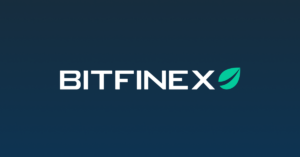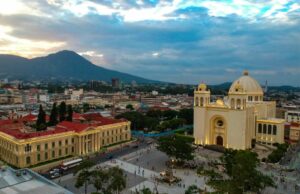When it comes to choosing a cryptocurrency trading platform, traders are often faced with a multitude of options, each boasting unique features, security protocols, and user experiences. Among the most prominent platforms in the industry are Bitfinex and Bybit. Whether you’re a seasoned trader or a newcomer exploring your options, understanding the strengths and weaknesses of these two giants is crucial. This article aims to provide a detailed and comprehensive comparison of bitfinex vs bybit, delving into their trading features, user experience, fees, security measures, available cryptocurrencies, customer support, leverage trading capabilities, regulatory compliance, and ultimately determining which platform stands out as the better choice.
Bitfinex vs Bybit: A Comprehensive Comparison
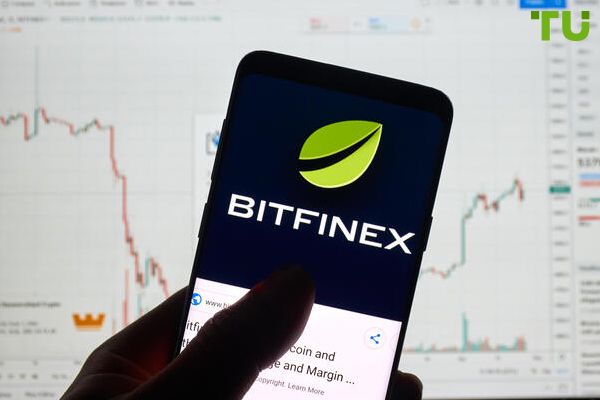
The rivalry between Bitfinex and Bybit is rooted in their popularity and reputation within the crypto trading community. Both platforms cater to different trader needs — from spot trading to derivatives, offering distinct interfaces, fee structures, and support systems. A thorough comparison helps traders identify which platform aligns best with their trading style, risk appetite, and strategic goals. While Bitfinex has been an established player since 2012, known for its extensive cryptocurrency offerings, Bybit burst onto the scene more recently, gaining rapid popularity primarily through derivatives trading. Understanding their core differences can assist traders in making informed decisions.
Trading Features: Bitfinex vs Bybit
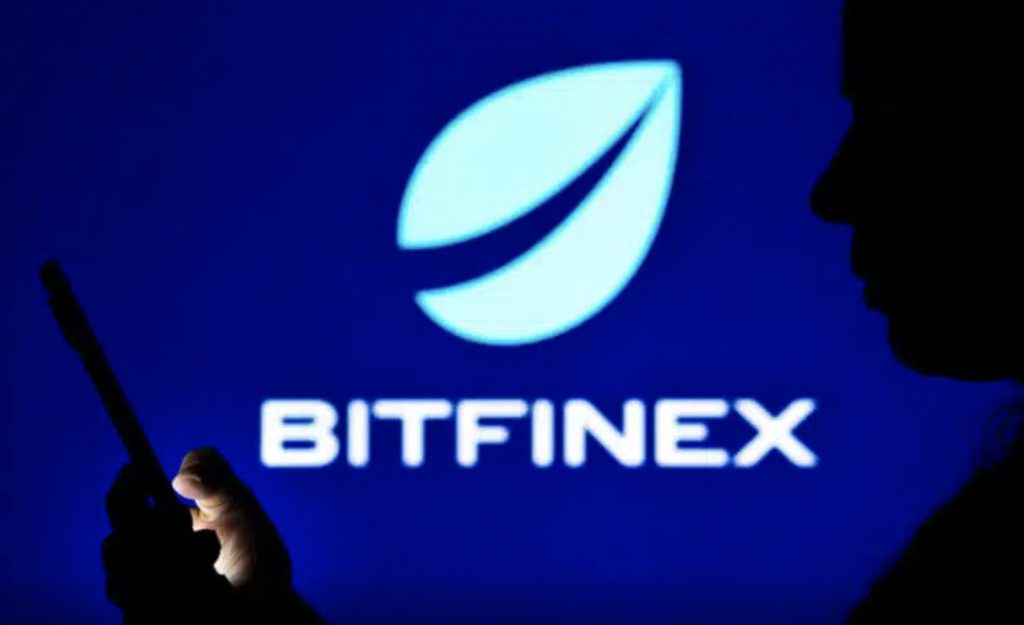
Trade execution speed, order types, margin trading options, and advanced analytics are pivotal when evaluating trading platforms. Each platform offers a suite of features tailored to users’ trading strategies.
Trading Options and Instruments
Bitfinex provides a broad spectrum of trading instruments, including spot trading, margin trading, lending, and derivatives. Its extensive tools allow traders to execute complex strategies, such as arbitrage and hedging. In contrast, Bybit specializes mainly in derivatives trading, especially perpetual contracts, with limited spot trading options. This makes Bitfinex more versatile for traders seeking diversified trading avenues, while Bybit caters primarily to those focusing on leveraged derivatives.
Advanced Trading Tools
Both platforms equip users with advanced trading tools but differ in approach. Bitfinex offers features like advanced order types (limit, market, stop orders), margin funding, and integrated trading bots, appealing to professional traders who require granular control over their trades. Bybit, on the other hand, emphasizes real-time charting, high-speed trade execution, and risk management tools suitable for traders engaging in high-frequency or leverage-based trading.
Margin Trading and Leverage
Bitfinex supports margin trading with leverage up to 5x on certain assets, along with the ability to borrow and lend cryptocurrencies. This flexibility allows for more sophisticated trading strategies, including short selling and long-term leveraged positions. Bybit‘s leverage goes higher, offering up to 100x on some derivatives, which attracts aggressive traders looking for amplified gains but also exposes them to heightened risk. The choice here hinges on how much leverage a trader is comfortable with and their risk management practices.
User Interface and Accessibility
While both platforms have robust trading features, their user interfaces differ significantly. Bitfinex offers a customizable interface that caters to experienced traders who prefer detailed dashboards and multiple trading windows. It might appear overwhelming for beginners. Conversely, Bybit boasts a highly intuitive and clean interface designed for quick navigation, making it more accessible for newcomers or traders focused solely on derivatives. The layout and ease of use play critical roles in executing timely trades, especially under volatile market conditions.
User Experience: Bitfinex or Bybit?
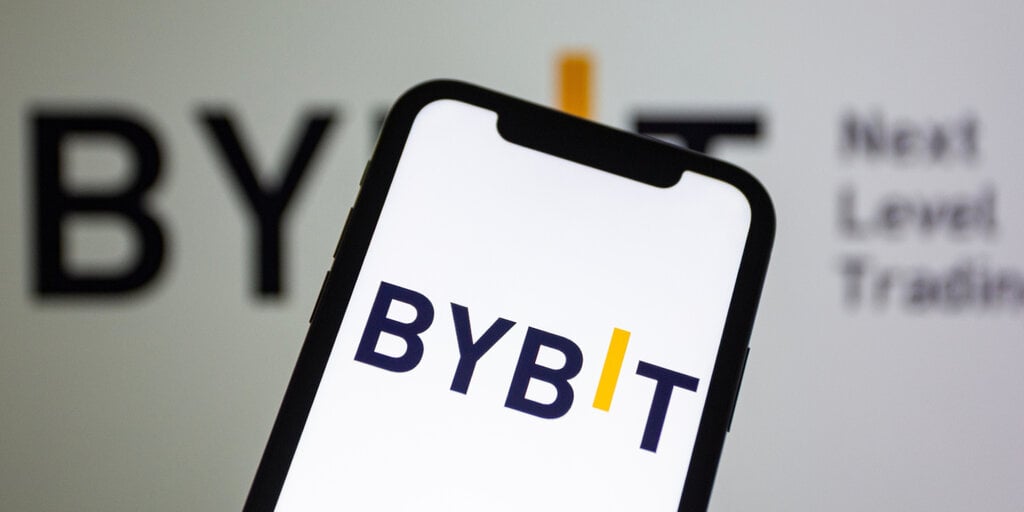
A seamless user experience can make or break a trader’s decision to stick with a platform. Ease of navigation, account setup, mobile compatibility, and overall platform stability are key factors to consider.
Platform Stability and Performance
Reliability is paramount during volatile market moments. Bitfinex has endured its share of technical issues over the years, partly due to its large user base and extensive feature set. However, it generally maintains stable performance, especially after ongoing upgrades. Bybit is renowned for its high-performance trading engine, capable of handling massive trading volumes without significant lag or downtime. For traders engaged in high-frequency or leverage trading, platform stability ensures minimizes unexpected losses caused by technical glitches.
Mobile Trading Experience
Both platforms offer mobile apps compatible with iOS and Android devices. Bitfinex’s app provides access to most features but can sometimes lag in responsiveness or crash during peak times, depending on device compatibility. Bybit’s mobile app emphasizes speed and simplicity, allowing traders to monitor markets and execute trades efficiently on the go. Traders who prioritize seamless mobile experiences may favor Bybit for its optimized app design, though Bitfinex’s mobile platform remains robust enough for most trading activities.
Customer Interface and Ease of Onboarding
Bitfinex’s onboarding process is somewhat rigorous, requiring extensive verification, which can be daunting for new users eager to start trading quickly. Its interface reflects its target audience of professional traders, with complex dashboard layouts and numerous customization options. On the flip side, Bybit offers a faster onboarding process with a simplified registration and KYC process, designed to get traders active swiftly. Its interface emphasizes clarity and ease of use, reducing the learning curve for beginners.
Educational Resources and Support
Beyond the primary platform interface, the availability of educational resources influences overall user experience. Bitfinex provides comprehensive tutorials, webinars, and a detailed help center catering to advanced traders. Bybit invests heavily in community engagement through beginner guides, video tutorials, and frequent updates on platform features. Both platforms aim to empower users with knowledge, but Bybit tends to focus more on novice-friendly content, whereas Bitfinex leans toward advanced trading insights.
Fees and Charges: Comparing Bitfinex and Bybit
Cost efficiency directly impacts long-term profitability for traders. Analyzing fee structures, withdrawal costs, and hidden charges reveals the true expense of trading on each platform.
Trading Fees and Structures
Bitfinex employs a maker-taker fee model, where makers (those adding liquidity) pay lower fees than takers (those removing liquidity). Its fee structure ranges from 0.1% (maker) to 0.2% (taker) for most trading pairs, with discounts available based on trading volume. Bybit uses a flat fee structure with maker and taker fees typically at 0.025% and 0.075%, respectively, making it relatively cost-effective for high-volume traders.
Deposit and Withdrawal Fees
Deposit fees are generally minimal or nonexistent on both platforms. However, withdrawal fees can vary depending on the cryptocurrency. Bitfinex charges fixed or variable fees depending on network conditions, which can sometimes be higher due to network congestion. Bybit’s withdrawal fees are transparent and fixed per asset, often more competitive, especially for smaller transactions, thanks to its efficient fee policy.
Hidden or Additional Charges
Some fees might be less obvious. For instance, Bitfinex incurs overnight financing fees for margin trades, which can eat into profits if positions are held long-term. Bybit explicitly states its funding rates and rollover costs, which are comparable but can fluctuate with market volatility. Traders should always review these additional costs to prevent surprises.
Overall Cost-Effectiveness
When evaluating overall costs, Bybit tends to be more cost-efficient for traders focused on derivatives, especially those engaging in high-frequency leverage trading due to its lower fees. Bitfinex’s comprehensive fee structure benefits those involved in diverse trading strategies involving spot, lending, and margin trading. Ultimately, the platform choice depends on individual trading activity, volume, and preferred instruments.
Security Measures: Bitfinex vs Bybit
Security is non-negotiable in crypto trading. Ensuring funds and data are protected against theft and hacking is fundamental for confidence in any platform.
Security Protocols and Features
Bitfinex employs multi-signature wallets, cold storage solutions, and rigorous KYC procedures to safeguard user funds. It has experienced security breaches in the past but has since implemented stronger security protocols. Bybit prioritizes security with features such as two-factor authentication (2FA), IP whitelisting, and offline cold storage of assets. Its commitment to security is reinforced by regular third-party audits and security testing.
Past Security Incidents
Bitfinex suffered a major breach in 2016, losing approximately 120,000 BTC, which led to a loss of trust initially. However, the platform recovered by implementing improved security measures and compensation plans for affected users. Bybit has maintained a clean security record so far, with no reported breaches or hacks. This history influences user perception regarding safety.
Insurance Funds and Risk Management
Bitfinex has an insurance fund designed to cover losses due to system failures or breaches, providing added reassurance. Bybit also maintains a risk management system, including liquidation mechanisms and insurance funds, to ensure trading integrity. Regular updates and transparency about these funds bolster user trust.
Regulatory Impact on Security
Regulatory compliance often pushes platforms to enhance security standards. Both Bitfinex and Bybit aim to adhere to regional regulations, which include stringent security policies. However, regulatory frameworks vary, and traders should consider how compliance impacts their security expectations, especially concerning data privacy and legal recourse.
Available Cryptocurrencies: Bitfinex vs Bybit
Diversity in available assets ensures traders can diversify portfolios and explore different markets effectively.
Cryptocurrency Offerings
Bitfinex boasts a vast array of cryptocurrencies, including Bitcoin, Ethereum, Ripple, Litecoin, and many altcoins. Its extensive selection allows for diversification and exposure to emerging tokens, making it a favorite among traders seeking variety. Bybit focuses predominantly on top-tier cryptocurrencies like Bitcoin, Ethereum, Ripple, and newer tokens related to derivatives trading. Its list is narrower but curated for liquidity and stability.
Fiat-to-Crypto Support
Bitfinex offers fiat deposit and withdrawal options via bank wire, ACH, and other traditional channels, facilitating easier fiat onboarding for users worldwide. Bybit primarily relies on crypto deposits and withdrawals, with limited fiat options, often partnering with third-party services for fiat onboarding.
Token Availability for Trading
Bitfinex supports a wide range of trading pairs across various tokens, including lesser-known altcoins, which appeals to traders interested in speculative or niche markets. Bybit concentrates on popular trading pairs tied to major cryptocurrencies, emphasizing liquidity and trading volume over diversity.
Future Asset Listing Trends
Both platforms continuously evaluate new tokens for listing based on market demand, security, and compliance. Bitfinex tends to be more conservative, listing assets after thorough vetting, whereas Bybit shows willingness to experiment with trending tokens related to DeFi and NFT sectors.
Customer Support: Bitfinex Compared to Bybit
Excellent customer support can significantly influence user experience, especially during critical issues or disputes.
Support Channels and Responsiveness
Bitfinex offers support through email tickets, live chat, and a detailed help center. Response times can vary but are generally adequate given its size. Bybit emphasizes instant support via live chat and a comprehensive FAQ, handling queries promptly, particularly appreciated during volatile market swings.
Quality of Support and Resolution
Support quality depends on issue complexity. Bitfinex’s support staff are knowledgeable but sometimes overwhelmed, leading to longer resolution times, especially during high traffic periods. Bybit tends to resolve common issues swiftly, leveraging automation and dedicated support teams for quicker turnaround, which enhances user satisfaction.
Community Engagement and Education
Both platforms run educational initiatives. Bitfinex hosts webinars, trading tutorials, and community forums targeted at advanced traders. Bybit actively promotes beginner guides, social media engagement, and platform tutorials to onboard new users effectively.
Feedback and Reputation
User reviews indicate Bybit is often praised for its responsive customer service, while Bitfinex is appreciated for its depth of expertise and thorough support despite occasional delays. Both platforms recognize the importance of support quality and continually improve their service channels.
Leverage Trading: Bitfinex vs Bybit
Leverage amplifies potential gains but also increases risks; hence, it is a critical feature for many traders.
Leverage Limits and Types
Bitfinex allows leverage up to 5x for most assets, with certain options for higher leverage in specific markets. Its leverage provisions are geared towards professional traders wanting controlled exposure. Bybit leads in this area, offering up to 100x leverage on derivatives, attracting traders who rely on high leverage to maximize profit potential.
Risks and Rewards
High leverage, especially on Bybit, comes with increased volatility. While the possibility of outsized gains is tempting, traders must employ disciplined risk management strategies, such as setting stop-losses and monitoring positions vigilantly. Bitfinex’s moderate leverage aligns better with cautious traders seeking steady growth.
Leverage for Hedging and Speculation
Bitfinex’s leverage options support hedging strategies, allowing traders to offset risks across different assets. Bybit’s leverage is more suited for speculation on short-term price movements, given its emphasis on derivatives. Choosing the right platform depends on whether the trader’s goal is hedging or aggressive speculation.
Regulatory and Safety Restrictions
Some jurisdictions impose limits on leverage to protect retail investors. Both platforms comply with local regulations where applicable, but Bybit tends to operate in regions with higher leverage allowances, appealing to traders willing to accept greater risk.
Regulatory Compliance: Bitfinex and Bybit
Regulatory adherence adds credibility and security assurance for traders, especially in a fluctuating legal landscape.
Licensing and Legal Status
Bitfinex operates under the jurisdiction of the British Virgin Islands, with ongoing efforts to align with global regulations. It holds licenses in some regions and maintains compliance with anti-money laundering (AML) and know-your-customer (KYC) standards. Bybit is registered in the British Virgin Islands as well, emphasizing compliance with AML and other legal requirements, although its regulatory footprint is still evolving.
KYC and AML Procedures
Both platforms implement KYC procedures, requiring identity verification for depositing, withdrawing, or increasing trading limits. Bitfinex’s process is more rigorous, reflecting its longer history and larger institutional involvement. Bybit streamlines onboarding to attract new traders, but adheres strictly to international AML standards.
Impact on User Rights and Data Privacy
Enhanced regulation often translates into stricter data privacy measures and dispute resolution processes. Users on both platforms benefit from transparent policies, but regional regulatory pressures may limit certain features or access, especially for non-compliant users.
Future Regulatory Developments
Regulations worldwide are tightening around crypto exchanges, focusing on consumer protection and anti-fraud measures. Both Bitfinex and Bybit are preparing for compliance changes, which could impact available features or operational scope. Staying updated on jurisdictional rules is essential for traders relying on these platforms.
## Conclusion
Deciding between bitfinex vs bybit ultimately hinges on individual trading needs, preferences, and risk appetite. Bitfinex stands out with its extensive cryptocurrency offerings, versatile trading options, and established security measures, making it suitable for advanced traders who seek diversification and complex strategies. Meanwhile, Bybit excels in derivatives trading with high leverage, user-friendly interfaces, and quick support, appealing to traders focused on short-term gains and high-risk, high-reward strategies. Both platforms maintain solid security protocols and strive for regulatory compliance, though their approaches differ based on their target audiences. In the end, the choice depends on whether you prioritize variety and comprehensive trading tools or streamlined, high-leverage derivative trading. A well-informed decision considering your specific goals and risk tolerance will maximize your success in the dynamic world of crypto trading.

